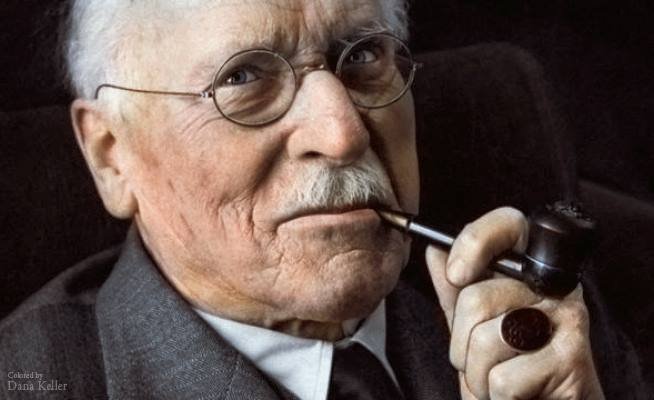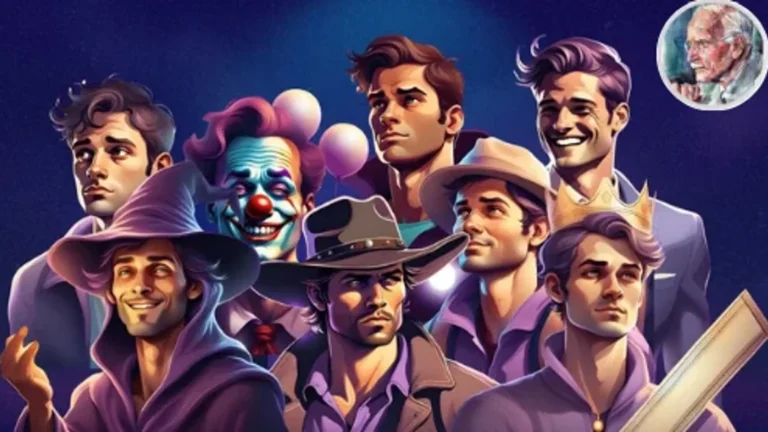Carl Gustav Jung and His Archetypes: The Collective Unconscious in Action

Who Was Carl Gustav Jung?
Carl Jung was a Swiss psychiatrist and visionary thinker. Once Freud’s protégé, he diverged from psychoanalysis to explore the deeper, symbolic layers of the human mind.
His theories introduced key psychological concepts like the collective unconscious, archetypes, shadow, persona, and self — still influential in psychology, mythology, and art today.
What Are Jungian Archetypes?
Archetypes are universal mental patterns that shape our thoughts, behaviors, and emotions. They reside in the collective unconscious — a deeper layer of the psyche shared by all humans.
Archetypes aren’t learned; they are inherited blueprints. They emerge in dreams, myths, fairy tales, and spiritual visions. They’re the soul’s language.
Examples of Archetypes
The Hero – Brave, determined, transformative (e.g., Luke Skywalker, Wonder Woman).
The Shadow – Our repressed fears and instincts.
The Anima/Animus – The inner feminine/masculine.
The Persona – Our social mask.
The Self – The wholeness we seek through self-integration.
Why Archetypes Matter
Archetypes are the core of storytelling, religion, and even branding. They trigger deep emotional resonance. Understanding them enhances creativity, empathy, and self-awareness.
Jung saw life as a symbolic journey. When we understand our own archetypes, we stop repeating patterns unconsciously and start living with more consciousness.

Referências / Bibliography
Jung, C. G. (1969). The Archetypes and the Collective Unconscious. Princeton University Press.
Neumann, E. (1954). The Origins and History of Consciousness.
Hillman, J. (1996). The Soul’s Code.
Stevens, A. (2001). Jung: A Very Short Introduction. Oxford University Press.
Joseph Campbell. The Hero with a Thousand Faces. (Mythological inspiration based on Jung.)
Author’s comment
Jung went beyond psychology – he touched the human spirit. His archetypes help us realize that there is a universe within us, structured by ancient symbols. To dive into this knowledge is to rediscover the meaning of who we are, beyond masks and social roles. It’s an invitation to live in a more conscious, integrated and true way.